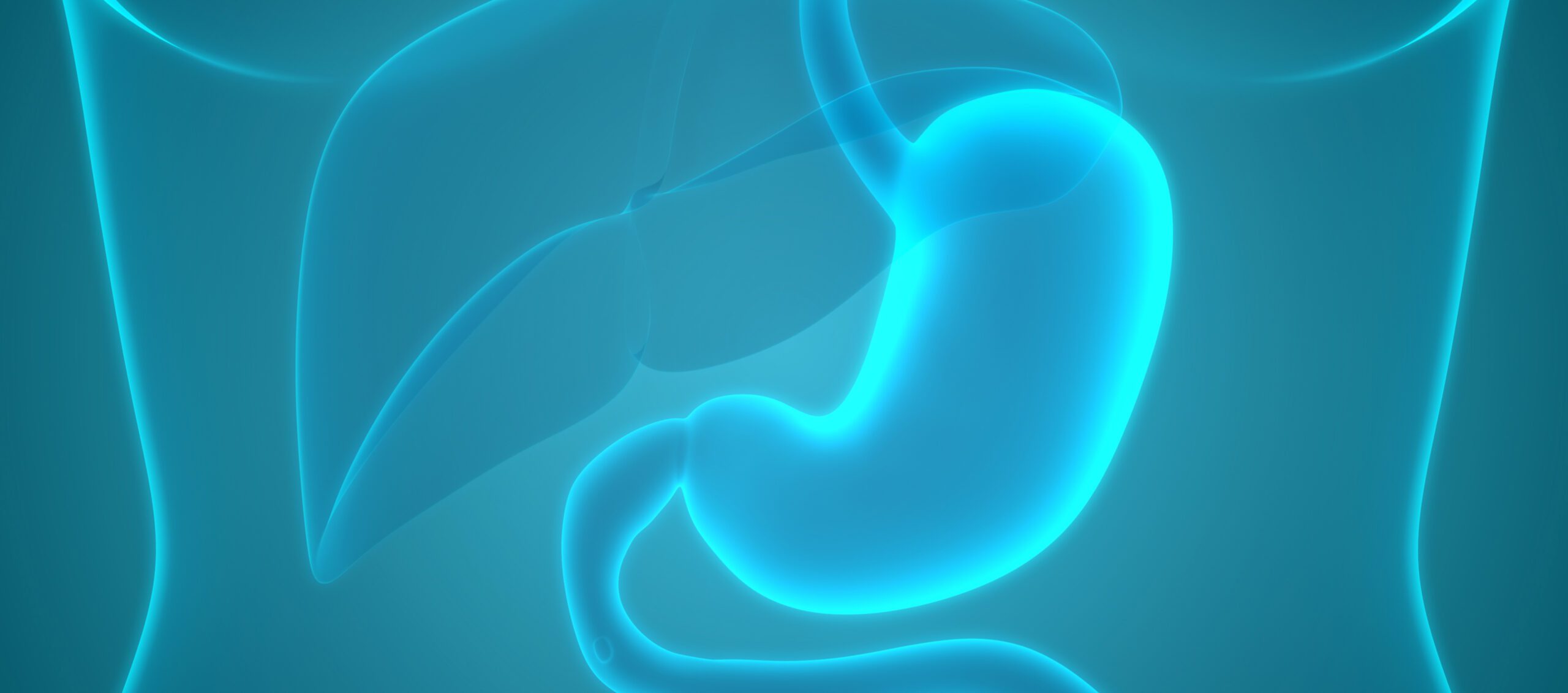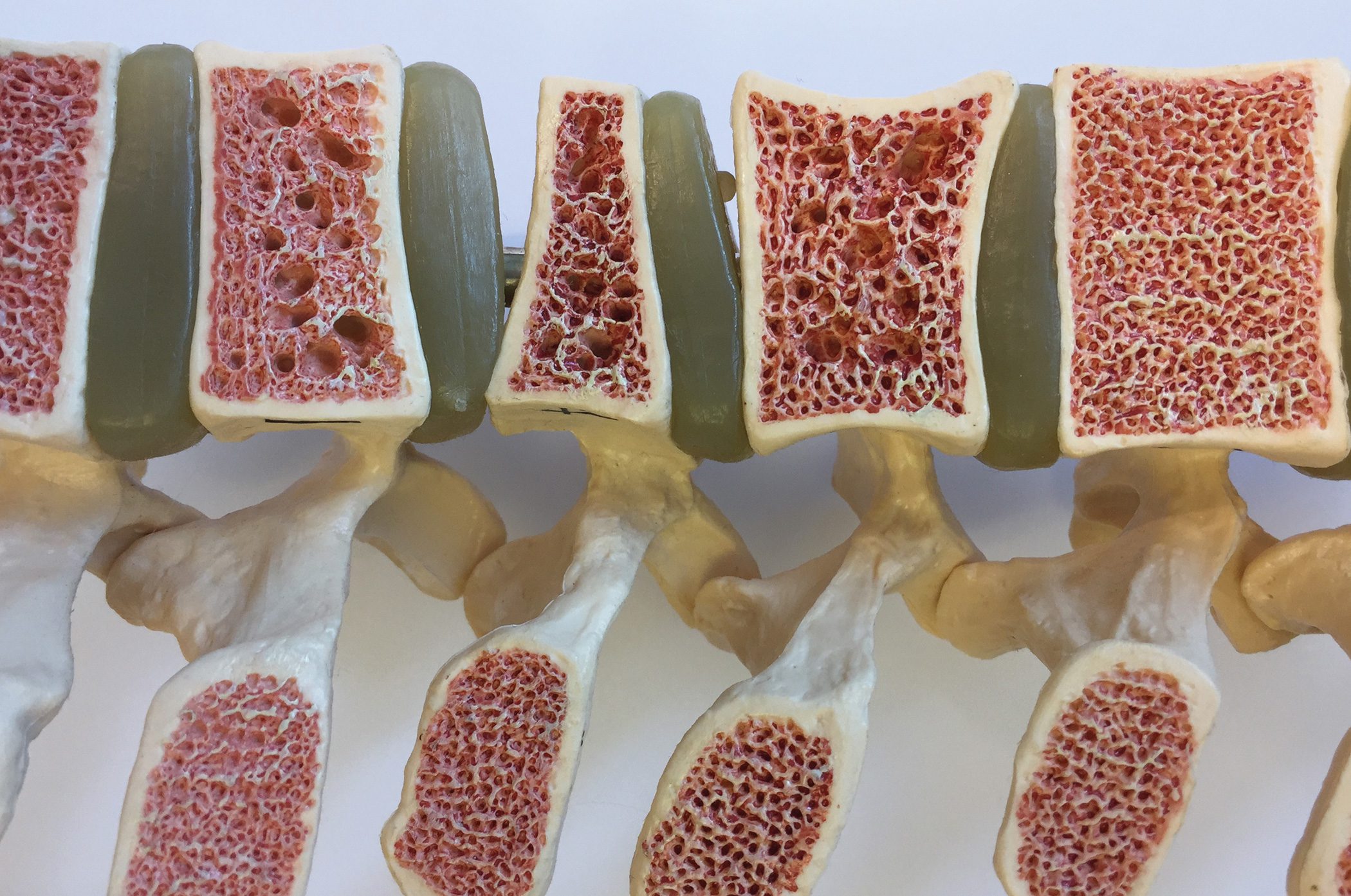Atrial fibrillation is increasing significantly in frequency. However, the symptoms are often not very specific. Therefore, special attention should be paid to risk factors such as hypertension, obesity, and physical inactivity. In addition to frequency control, rhythm control may also be adequate to support a treatment decision. Anticoagulation or, alternatively, percutaneous atrial appendage closure are indicated for prevention of cerebrovascular events.
Atrial fibrillation (AF) is probably the most common cardiac arrhythmia. It is rapidly increasing due to the age structure of the population and the development of risk factors, especially obesity. The lifetime risk in individuals over 40 years of age is approximately 25%. Atrial fibrillation occurs more frequently in men and with increasing age [1]. Unlike atrial fibrillation, in atrial flutter the atria are uniformly excited (with a flutter frequency of 250 to 350 contractions per minute), but the pumping action of the atria is also reduced.
RR intervals in atrial fibrillation do not follow a repetitive pattern. They are “irregularly irregular”, so there is a complete arrhythmia. While there is electrical activity in some leads that may indicate something like P-waves, there are no clear P-waves. Even when an atrial cycle length (the interval between two atrial activations or the P-P interval) can be defined, it is irregular and often less than 200 milliseconds (corresponding to an atrial frequency greater than 300 beats per minute).
What are the effects?
Atrial fibrillation is relevant in several respects. It may have adverse consequences related to a reduction in cardiac output and the formation of thrombi in the atrium and atrial tube. In addition, affected patients may be at increased risk of mortality and, according to recent studies, dementia [2].
Since it is a chronic disease, patients get used to the symptoms and adjust their lifestyle. However, atrial fibrillation often limits quality of life, especially in younger active patients. It is not uncommon for atrial fibrillation to be primarily asymptomatic. Patients often have poorer exercise tolerance and exertional dyspnea or chest pain. Not all suffer from the typical symptoms such as palpitations.
Types and causes of atrial fibrillation
Atrial fibrillation is a relatively heterogeneous syndrome, often secondary to other cardiac or extracardiac problems. Nevertheless, we should treat it when necessary, ideally along with possible underlying factors and including lifestyle improvements – that’s where the primary care provider is the ideal authority.
Hypertension, obesity, hyperthyroidism, alcohol, after cardiac surgery, pericarditis, myocardial infarction (MI), pulmonary embolism, lung disease, and other factors can trigger or promote AF.
For optimal management, it should be noted that atrial fibrillation is a progressive disease. Atrial fibrillation leads to adverse atrial remodeling, and arrhythmic episodes increase in frequency and duration. The following stages exist:
- Atrial fibrillation diagnosed for the first time
- Paroxysmal atrial fibrillation, converts within seven days at the latest, often within 48 hours.
- Persistent atrial fibrillation (>7 days).
- Permanent atrial fibrillation, i.e., atrial fibrillation accepted by the patient (and physician), usually >1 year
While atrial fibrillation typically transitions from a paroxysmal to a persistent state, patients may also exhibit both types throughout their lives.
Early detection is decisive!
Primarily crucial is the recognition of this arrhythmia. Symptoms, as mentioned, are often not specific. Regular screening is optimal, either by pulse or with ECG monitoring from 65 years of age and especially in patients at risk (heart failure, hypertension, obesity) [3].
Prevention – long underestimated
Although risk factors for the development of AF have been identified, prevention strategies that significantly reduce risk have not been clearly identified. What is clear, however, is that moderate, regular physical activity and weight reduction can significantly reduce AF burden [4,5]. A Mediterranean diet enriched with either olive oil or mixed nuts also reduced the risk of AF (HR 0.62; 95% CI 0.45-0.85) [6].
Therapy decision
There are two principal decisions that must be addressed immediately in patients with newly found AF:
- Anticoagulation (to reduce systemic embolization)?
- Rhythm or frequency control?
The risk of thromboembolization is assessed using the CHA2DS2-VASc score (Table 1). Patients with a score ≥2 should be anticoagulated if the risk of embolism exceeds the risk of bleeding. In addition, those patients in whom cardioversion (electrical or pharmacological) to sinus rhythm is being considered should be anticoagulated (regardless of CHA2DS2-VASc score or cardioversion method, whether electrical or pharmacological). Aspirin as an alternative to anticoagulation is no longer recommended.

Rate control should always be primary anyway – with drugs that slow atrioventricular (AV) conduction such as beta blockers, calcium channel blockers, or digoxin. The goal should be to reduce the ventricular rate to <110/min (long-term to <80).
Rhythm control should always be considered, if possible, except in:
- asymptomatic elderly patients,
- asymptomatic patients with long-term persistent atrial fibrillation (>3-5 years),
- severely enlarged left atrium (>5.5 cm), due to limited success rate.
It should be considered especially if the patient is very symptomatic, in younger patients, or if LV function declines with atrial fibrillation. As mentioned above, AF is a progressive disease; particularly in persistent AF, there is irreversible structural and electrical remodeling that becomes increasingly refractory to therapy. The decision to control the rhythm should therefore ideally be made at an early stage.
Types of rhythm control
Fortunately, there are now several therapeutic options for achieving sinus rhythm:
- Electroconversion
- Drug cardioversion
- Catheter-based ablation (thermal or cryoablation)
- Surgical Ablation (MAZE)
Electroconversion is a good, quickly accessible method, but often has only short-term success.
Drug therapy is a good option in principle. However, most antiarrhythmic drugs, although antiarrhythmic with respect to atrial fibrillation, are pro-arrhythmogenic with respect to the even more dangerous ventricular arrhythmias and have some other side effects. Thus, these patients should be well monitored, including for QT time. With flecainide and propafenone, structural heart disease must first be excluded.
Ablation therapy does come with some periprocedural risk, but this is short-term and minimizes the need for antiarrhythmic drugs in the long term. Recent data even show a 38% reduction in mortality and hospitalizations after ablation in patients with heart failure (CASTLE-AF), with a “number needed to treat” of eight [7]. However, it has never been demonstrated that the risk of embolization also decreases. Thus, anticoagulation remains necessary.
Chances of success and recurrence therapy
Early recurrences (<3 months after ablation) occur in about 40% of cases with thermal ablation and in about 17% of cases with cryoballoon. Early recurrences must be treated immediately with antiarrhythmic therapy (drug or electroconversion).
Late recurrences (>3 months) occur in about 50% after an initial ablation. In several procedures, the long-term success rate is almost 80%. With the advancement of methodology and the use of transient antiarrhythmic drugs after ablation, these recurrence rates have been declining. Basically, the overall burden of atrial arrhythmias decreases by approximately 86% after ablations.
The chances of success depend on underlying cardiovascular disease such as hypertension, heart disease (valvular disease), older age, persistent versus paroxysmal atrial fibrillation, atrial dilatation, and untreated obstructive sleep apnea. Therapy should therefore be carried out sooner rather than later. The patient should also be treated for the co-factors of blood pressure, sleep apnea, and weight.
What to do in case of bleeding?
In general, patients in whom the risk of bleeding exceeds the risk of thromboembolism should not be anticoagulated. However, the risk of relevant hemorrhages with long-term anticoagulation is substantial, even with the newer anticoagulants (NOACS). For a long time, this was an almost insoluble problem. Percutaneous closure of the atrial appendage has emerged as a valid alternative.
The thrombi in atrial fibrillation arise predominantly in the left atrial ear. Closure of this structure with a special occluder eliminates this source of embolism. The randomized PROTECT-AF trial showed that such occlusion is at least equivalent to oral anticoagulation, with significantly reduced risk of bleeding [8].
Atrial appendage closure may be appropriate in the following situations:
- High risk of bleeding
- Bleeding history
- Poor patient compliance
- Risk of falling
- Patient preference/refusal of anticoagulation.
- Conclusion
Underdiagnosed but very relevant
Atrial fibrillation is a very relevant syndrome that is underdiagnosed because of the often absent or asymptomatic symptoms. It has great relevance, as recent studies show, with increased thromboembolic risk as well as a correlation with dementia and mortality. Primarily, anticoagulation is important, and if there is a risk of bleeding, percutaneous atrial appendage closure may be necessary. If rhythm control is considered, it should not be delayed too long because of the negative remodeling of the atrium under atrial fibrillation.
Literature:
- Go AS, et al: Prevalence of diagnosed atrial fibrillation in adults: national implications for rhythm management and stroke prevention: the AnTicoagulation and Risk Factors in Atrial Fibrillation (ATRIA) Study. JAMA 2001; 285(18): 2370-2375.
- Gaita F, et al: Prevalence of silent cerebral ischemia in paroxysmal and persistent atrial fibrillation and correlation with cognitive function. J Am Coll Cardiol 2013; 62(21): 1990-1997.
- Freedman B, et al: Screening for Atrial Fibrillation: A Report of the AF-SCREEN International Collaboration. Circulation 2017; 135(19): 1851-1867.
- Pathak RK, et al: Aggressive risk factor reduction study for atrial fibrillation and implications for the outcome of ablation: the ARREST-AF cohort study. J Am Coll Cardiol 2014; 64(21): 2222-2231.
- Abed HS, et al: Effect of weight reduction and cardiometabolic risk factor management on symptom burden and severity in patients with atrial fibrillation: a randomized clinical trial. JAMA 2013; 310(19): 2050-2060.
- Estruch R, et al: Primary prevention of cardiovascular disease with a Mediterranean diet. N Engl J Med 2013; 368: 1279-1290.
- Marrouche NF, et al: Catheter Ablation for Atrial Fibrillation with Heart Failure. N Engl J Med 2018; 378: 417-427.
- Reddy VY, et al: 5-Year Outcomes After Left Atrial Appendage Closure: From the PREVAIL and PROTECT AF Trials. J Am Coll Cardiol 2017; 70(24): 2964-2975.
- Kirchhof P, et al: Early and comprehensive management of atrial fibrillation: executive summary of the proceedings from the 2nd AFNET-EHRA consensus conference ‘research perspectives in af’. Eur Heart J 2009; 30(24): 2969-2977c.
- www.vorhofflimmern.de/content/wie-kann-man-das-schlaganfallrisiko-mit-dem-cha2ds2-vasc-score-abschaetzen, last accessed 04.09.2020.
- Colilla S, et al: Estimates of current and future incidence and prevalence of atrial fibrillation in the U.S. adult population. Am J Cardiol 2013; 112(8): 1142-1147.
CARDIOVASC 2020; 19(3): 32-33












